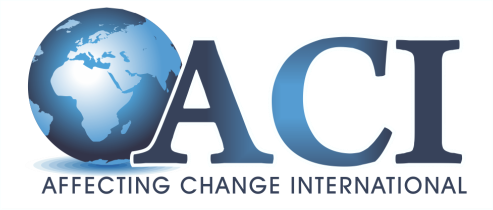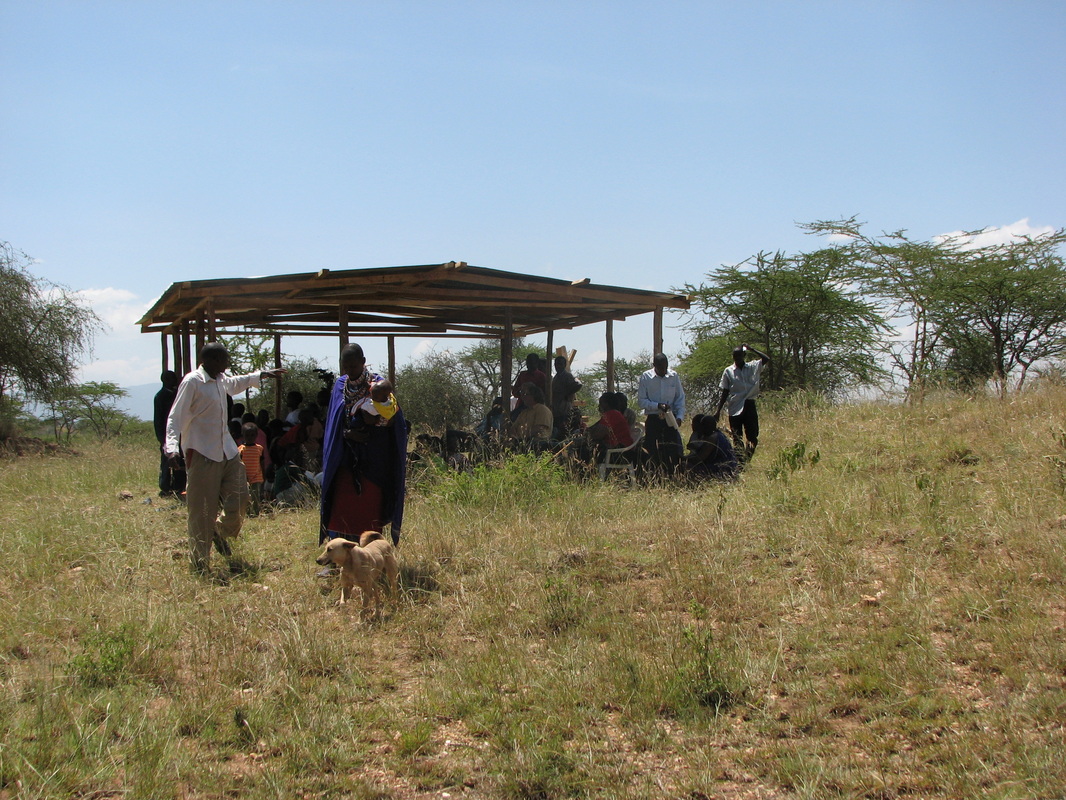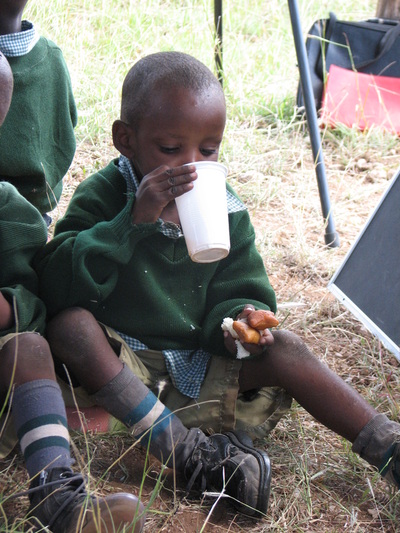
Can we really make a difference?
Very deep within me, deep within most of us, resides the desire to make a
difference in the world about us, to feed the hungry, champion the
oppressed, support the disadvantaged. Trouble for me, trouble for most of
us, is that life and living tends to grab our complete attention. We can
attend our kids' games and events, engage in our careers and take beach
vacations, all without realizing, even giving it a distant thought, that 40
percent of the world's inhabitants struggle just to eat every day. We are
the richest people to walk the face of the earth and yet it is so easy to
live as if there is nothing terribly wrong our world. And while I believe
we do not need to feel guilty of our wealth, I do believe we need to remind
ourselves, to get up every morning with a deep sense that something is terribly wrong with our world and then yearn and strive to do at least something about it.
While self-centeredness and complacency can seem to plague us I think we just need to remember, to know, that we can make a difference, even if only in some small way. I believe it all starts with taking inventory of our blessings, our human, spiritual, financial and organizational resources. And then by cultivating a commitment, by adjusting our methods, and by repenting daily we will realize that we can play a role, maybe a small yet still an effective role, some role to minister to a hurting world. How can
you respond? We can make a difference, let's make a difference.






















 RSS Feed
RSS Feed